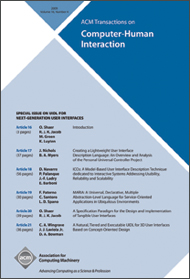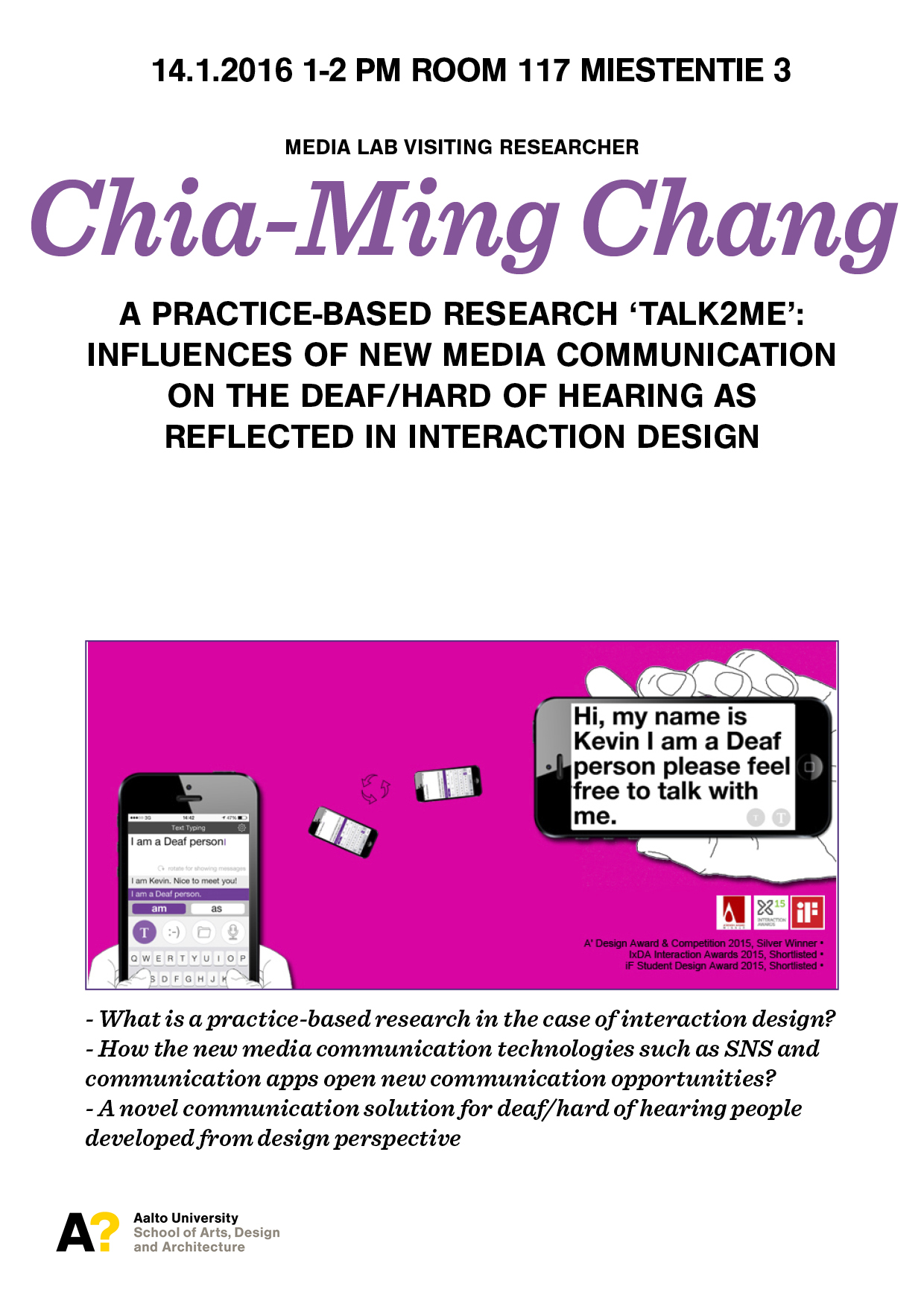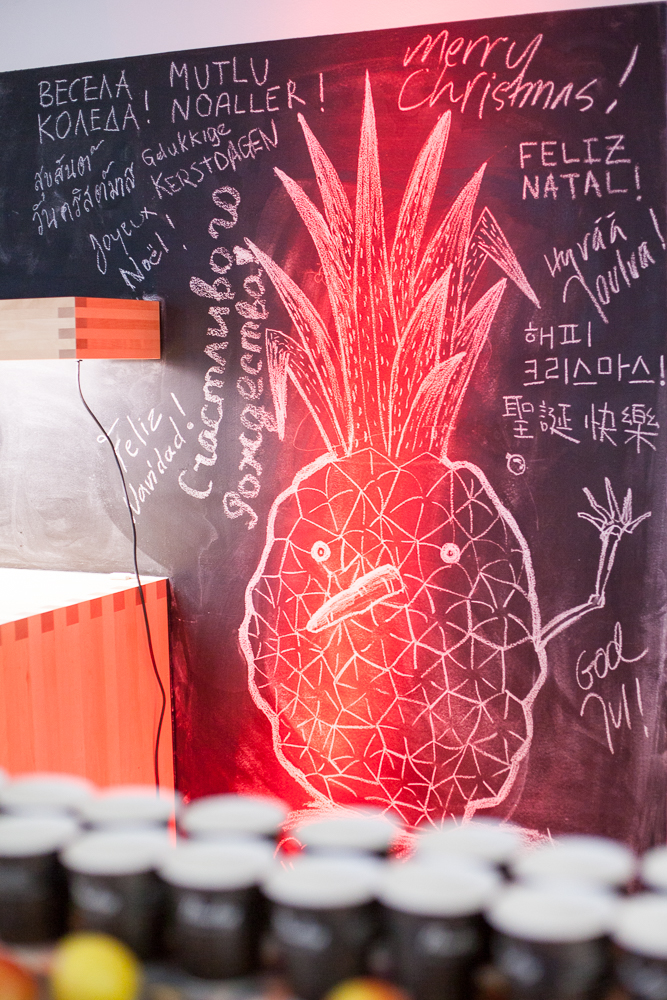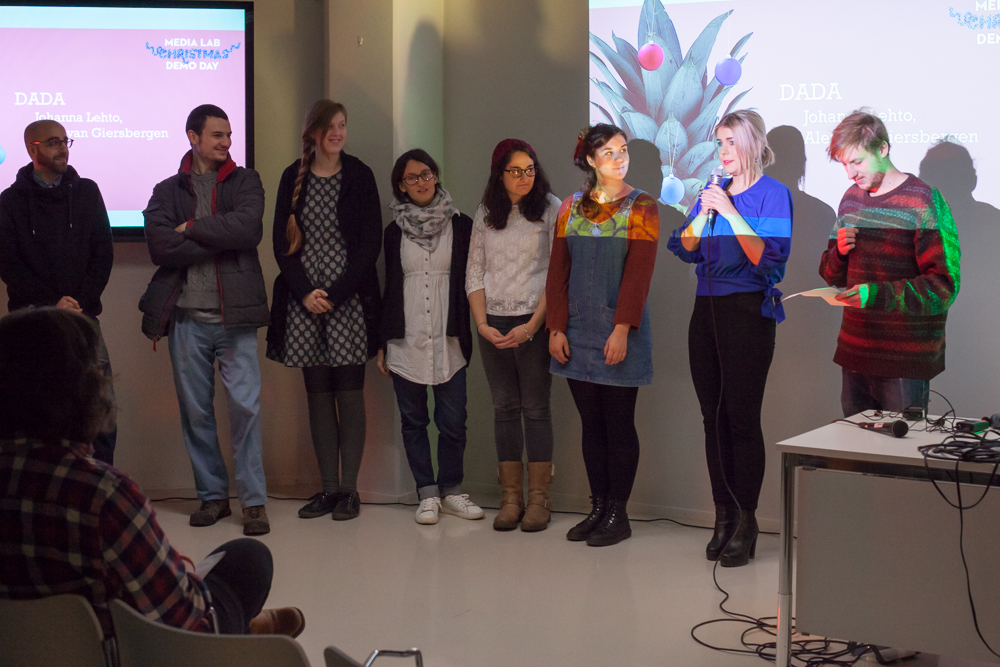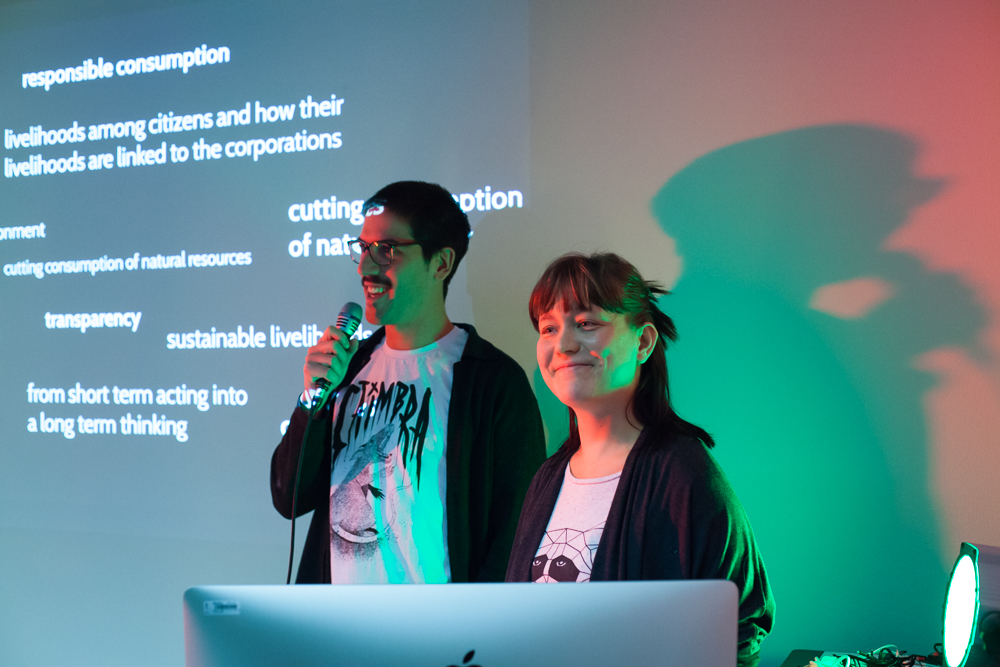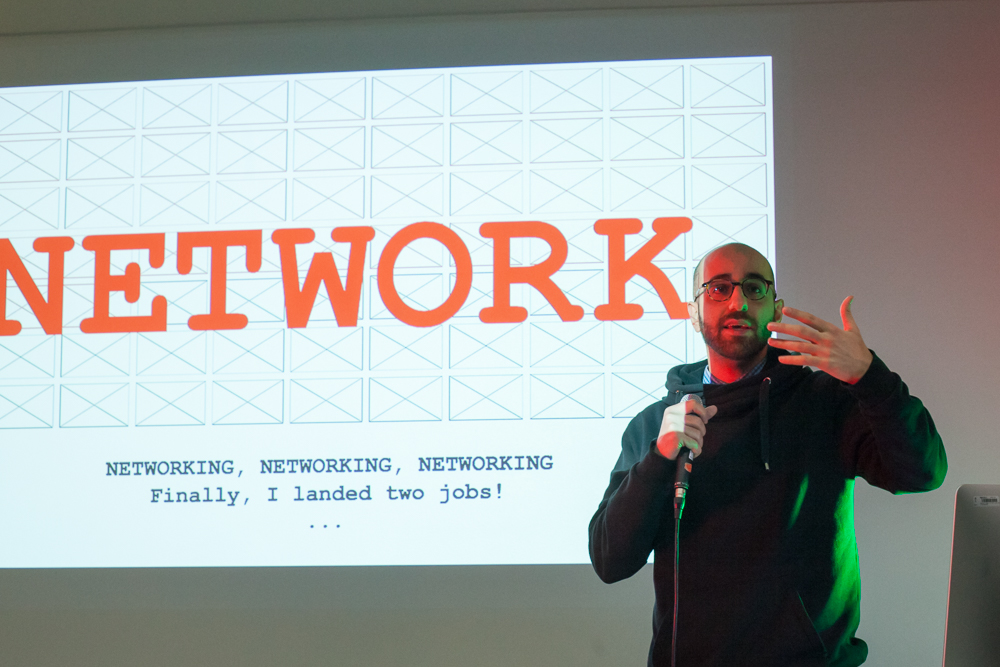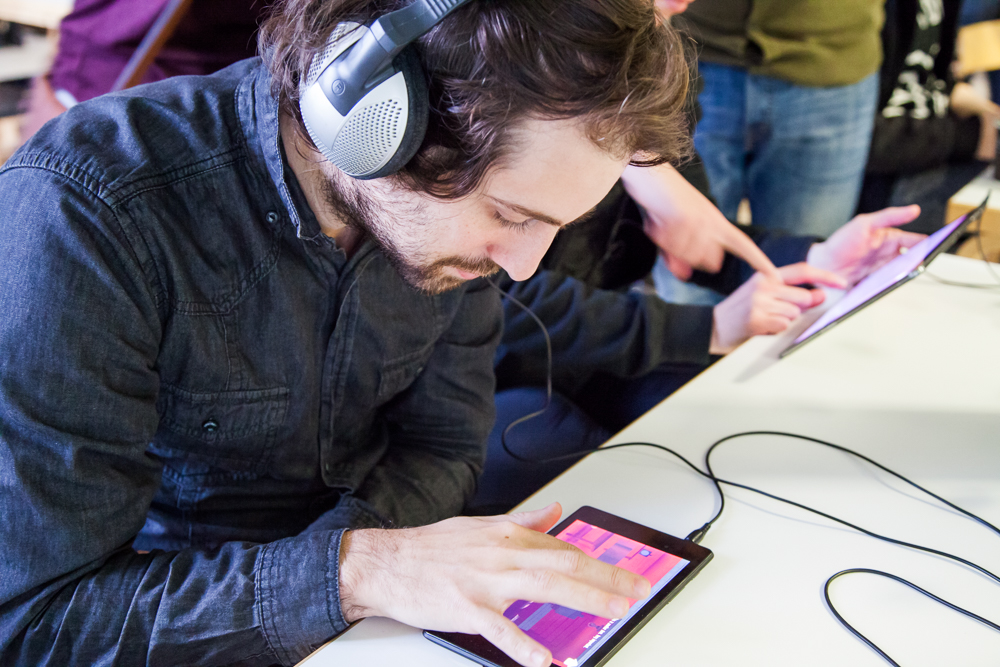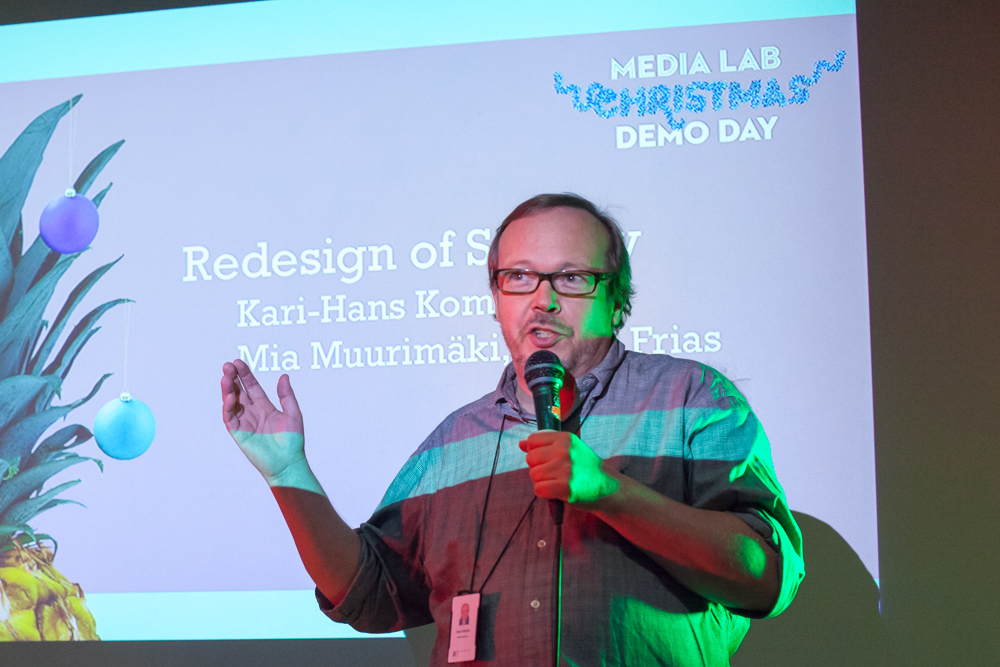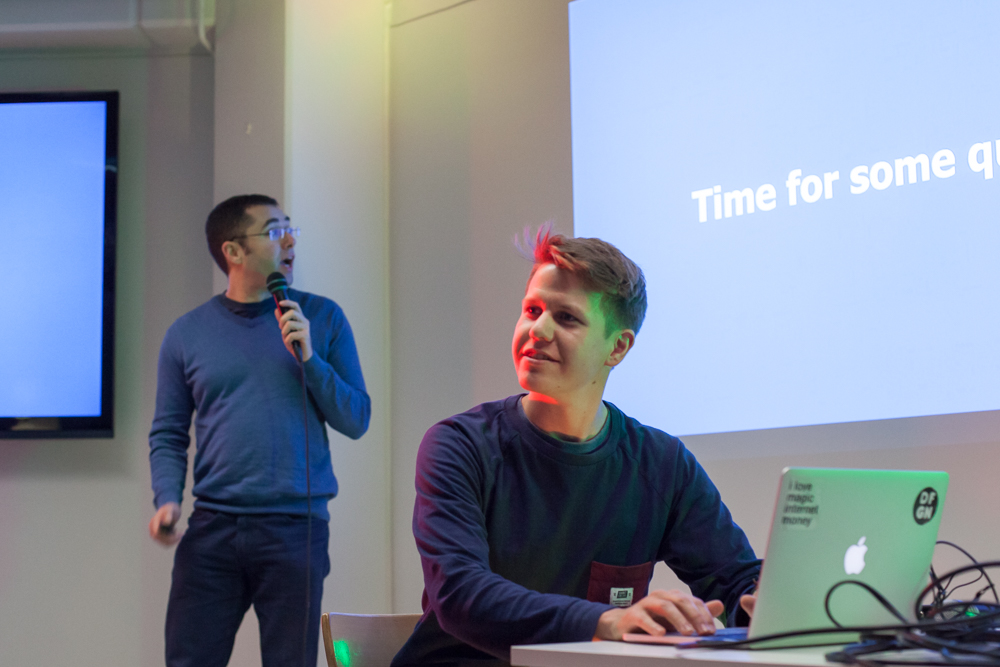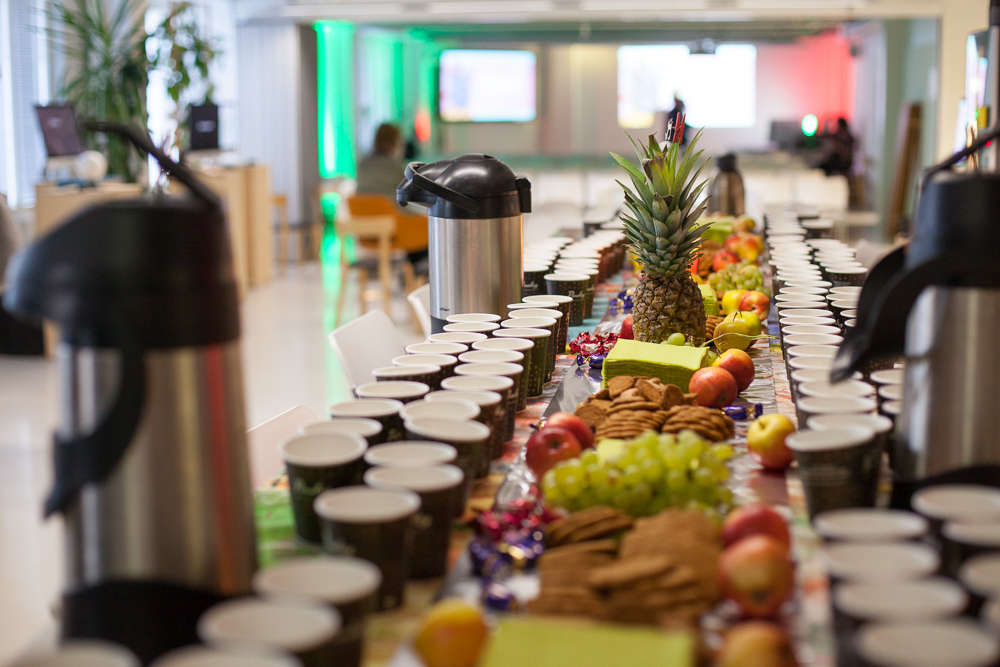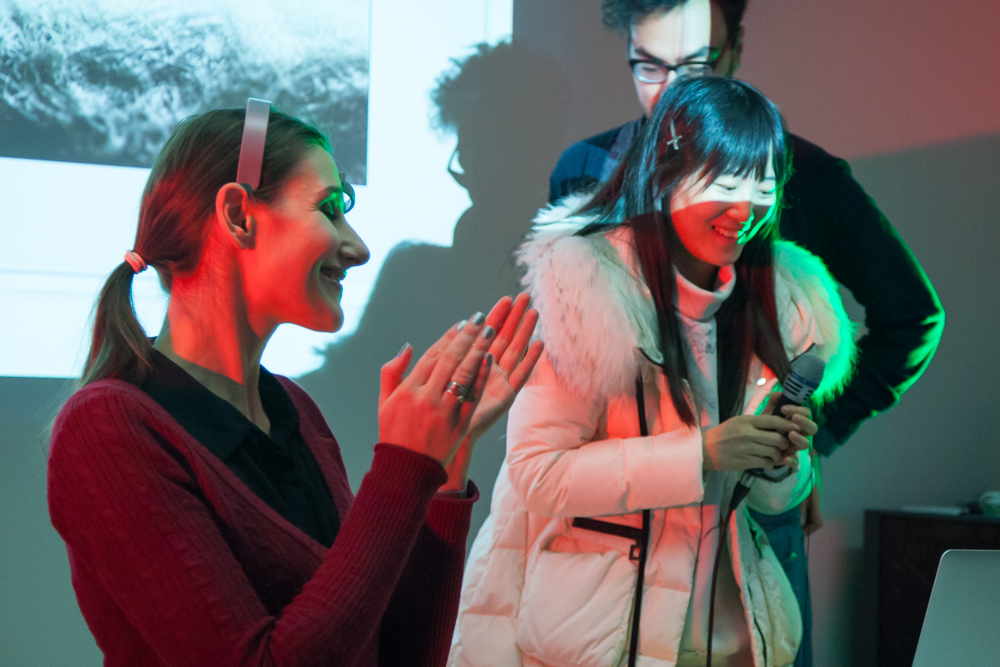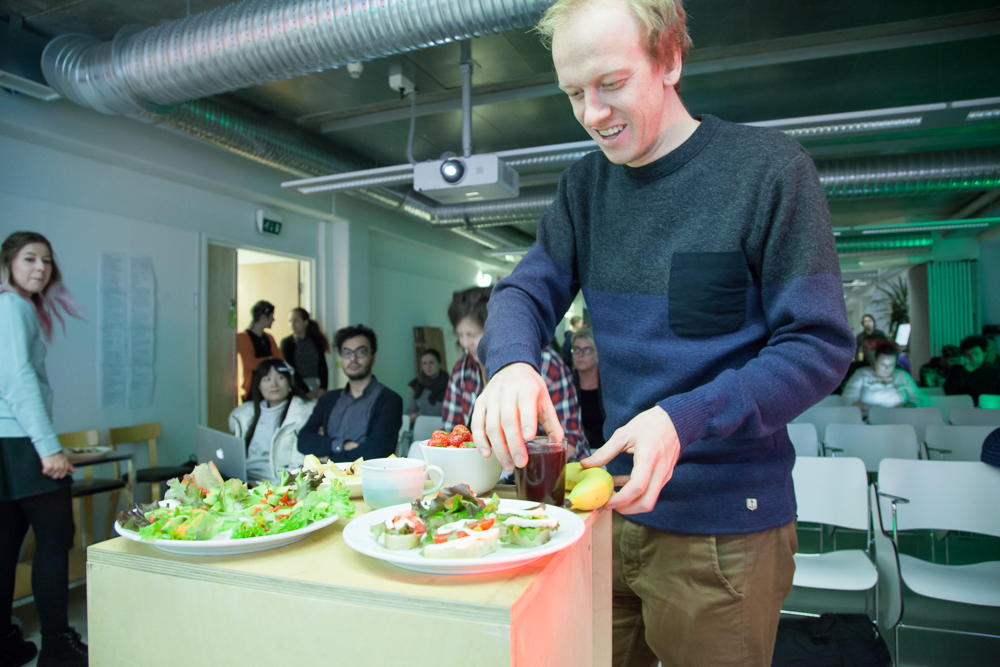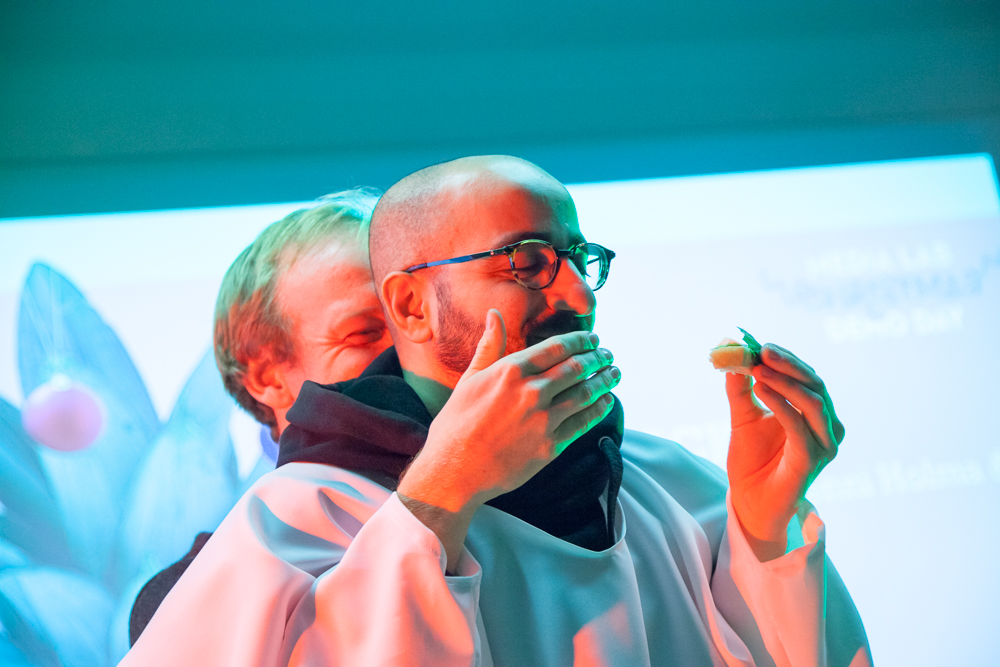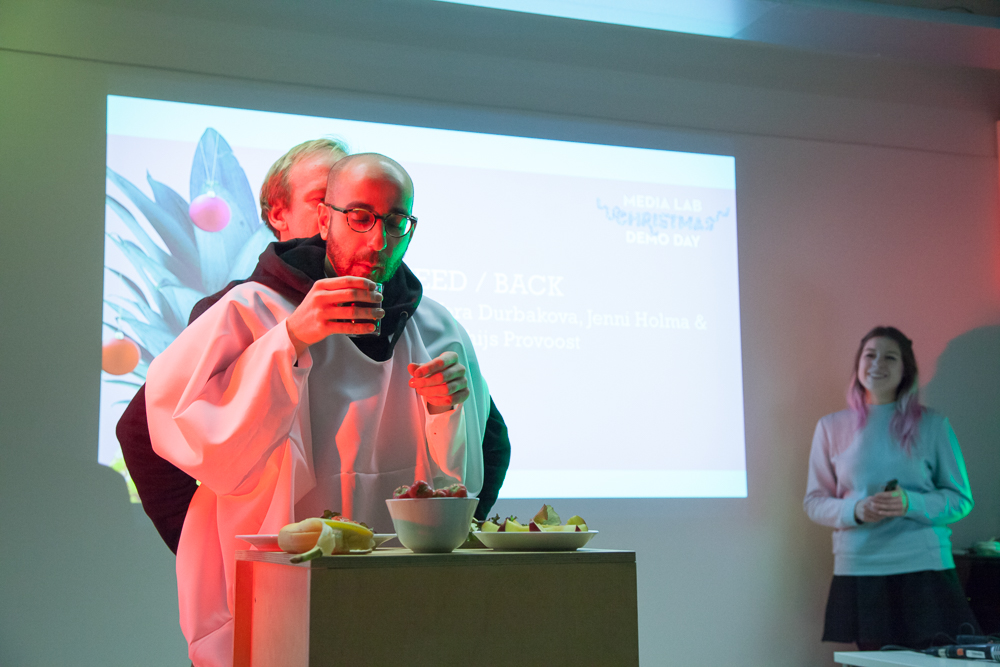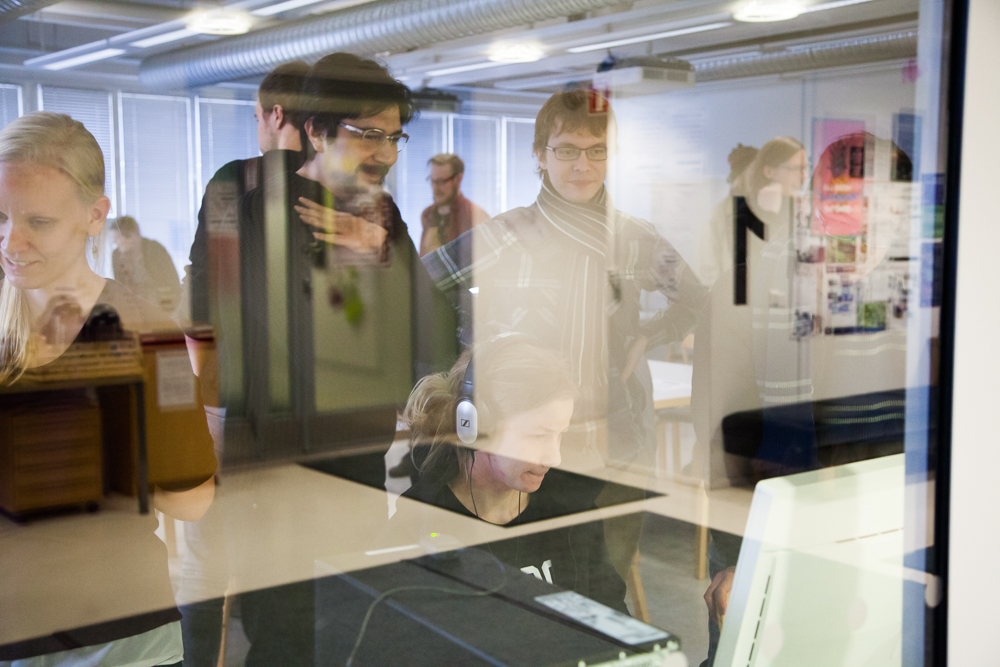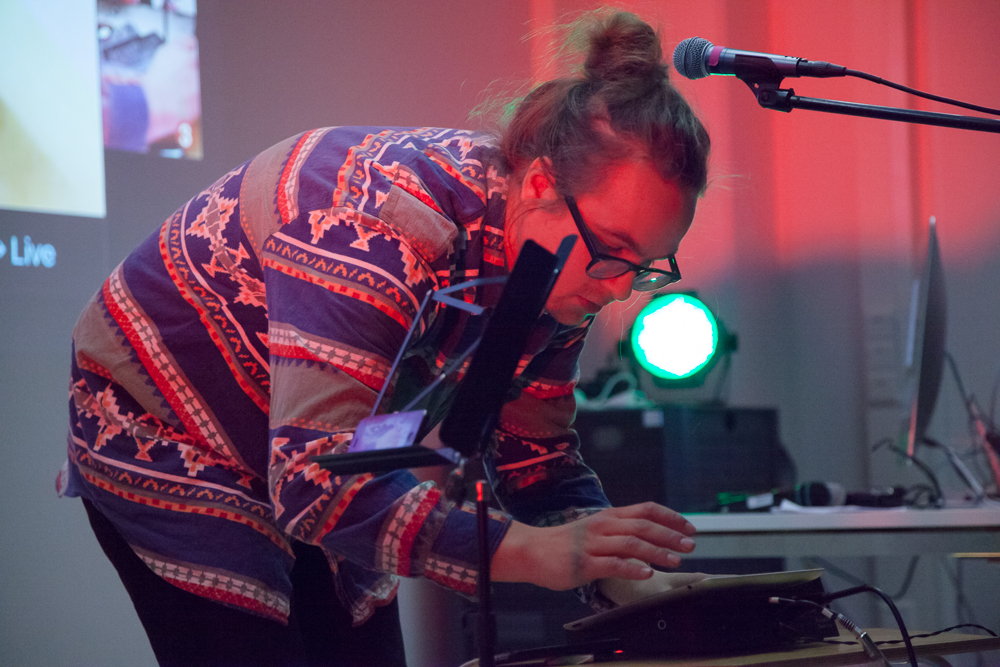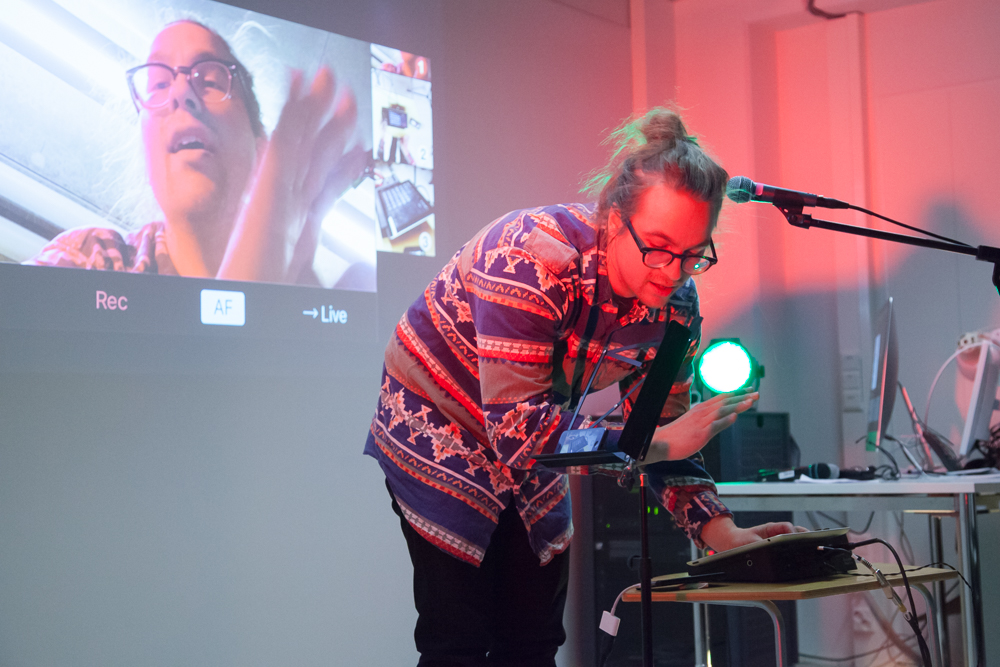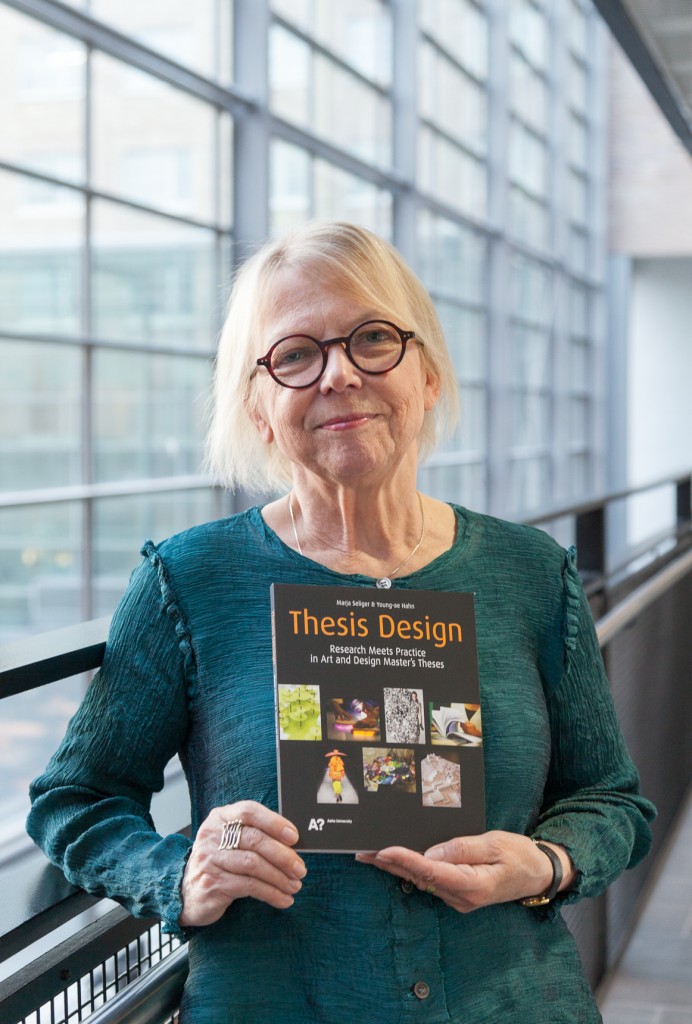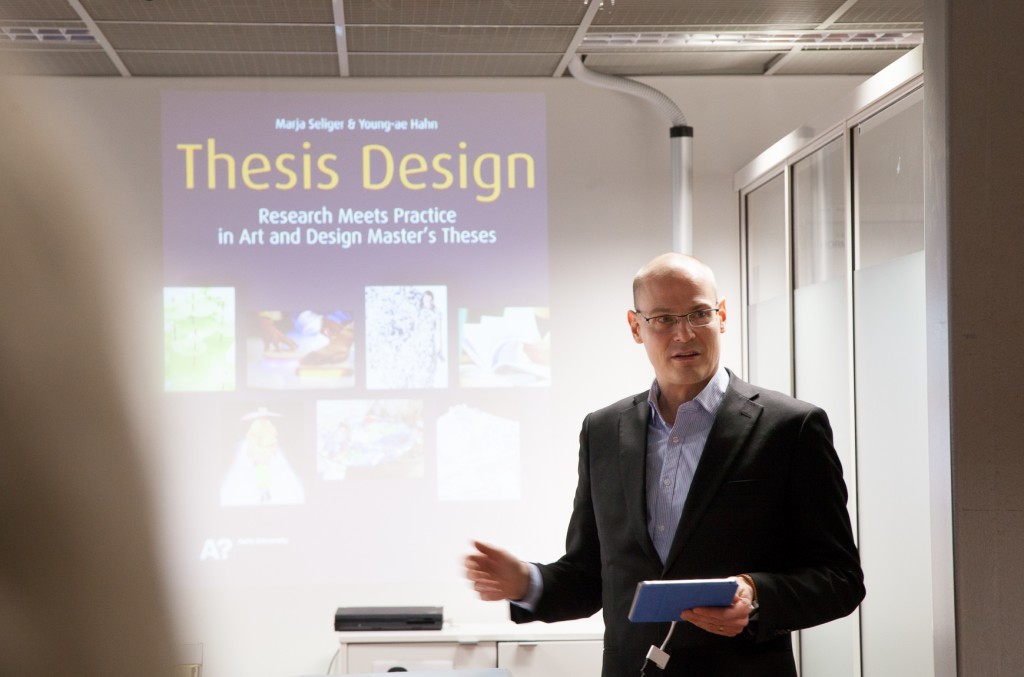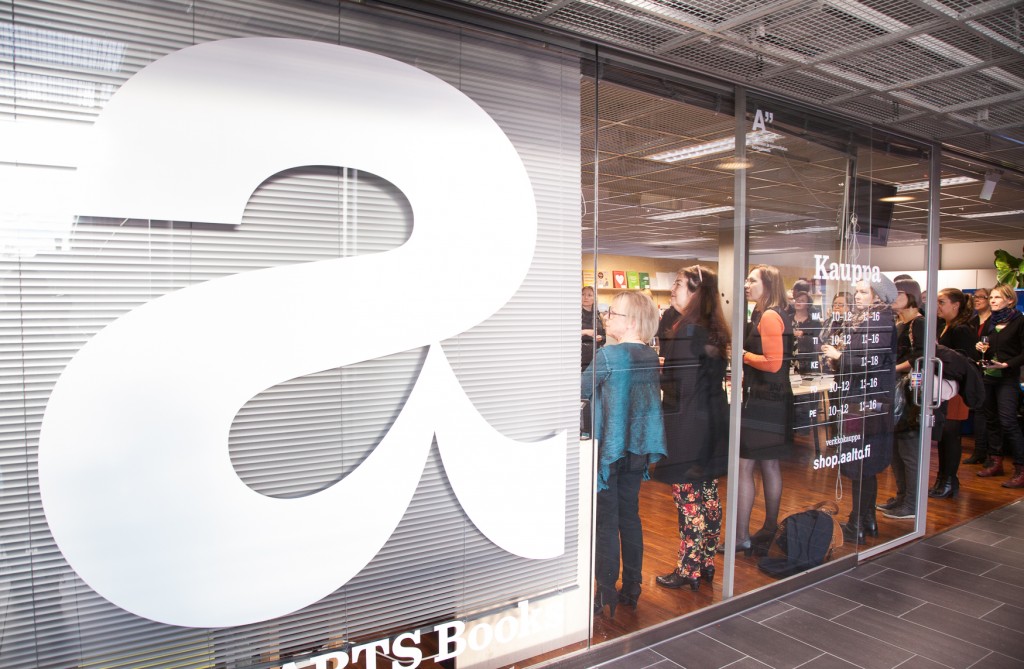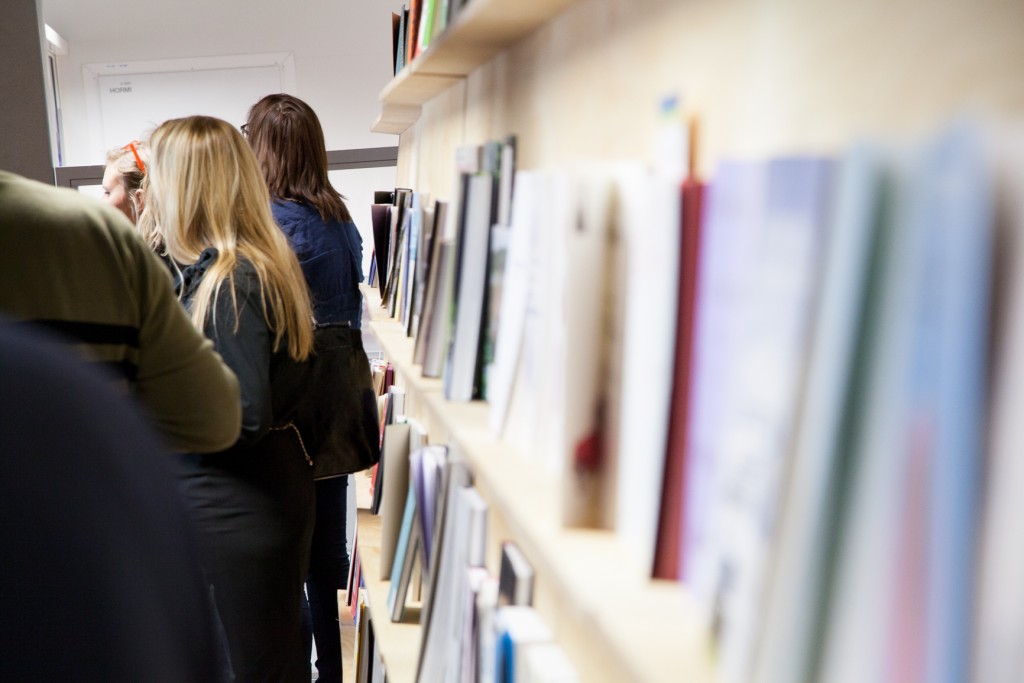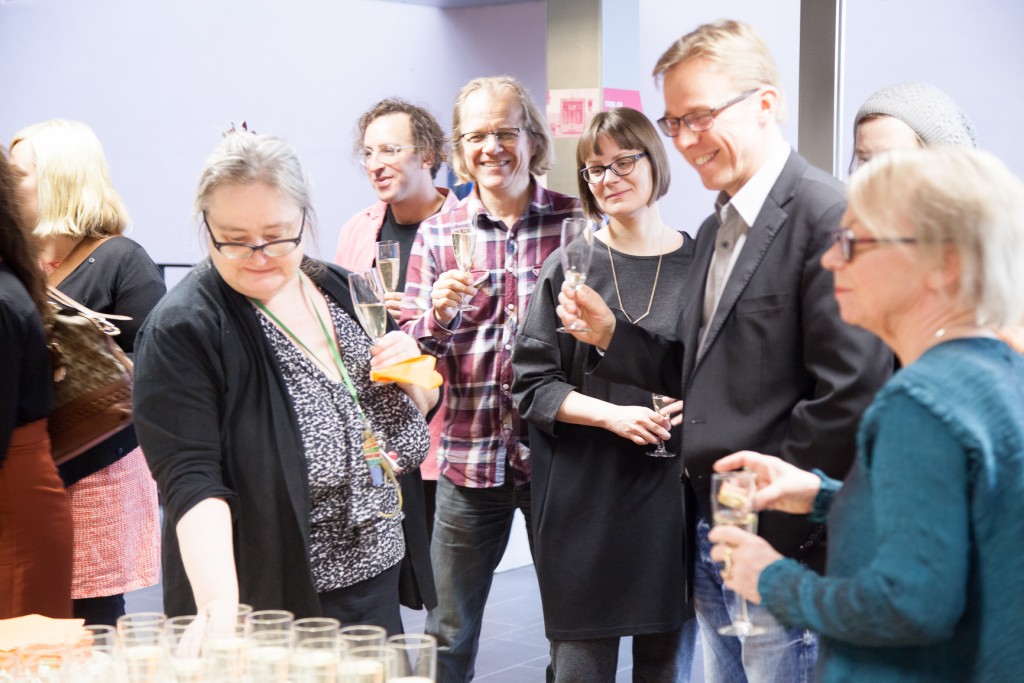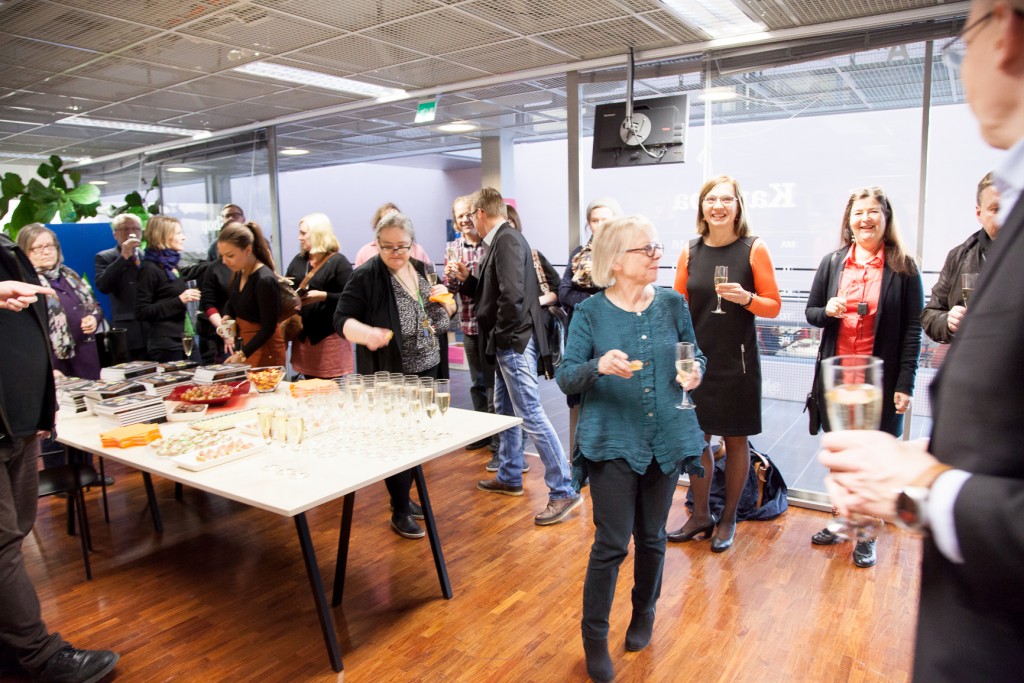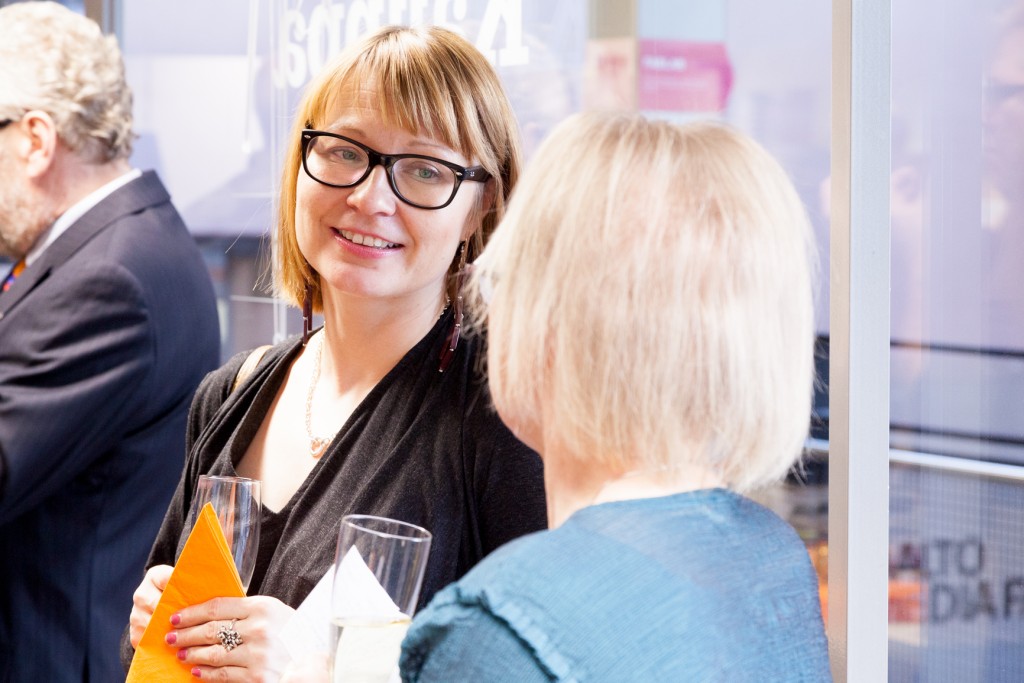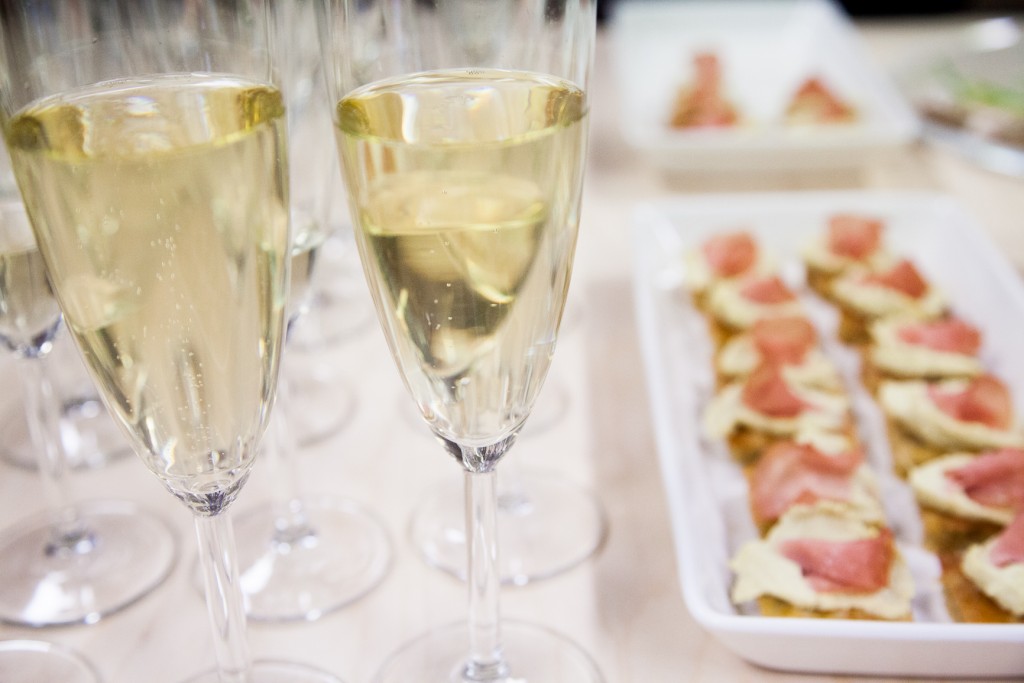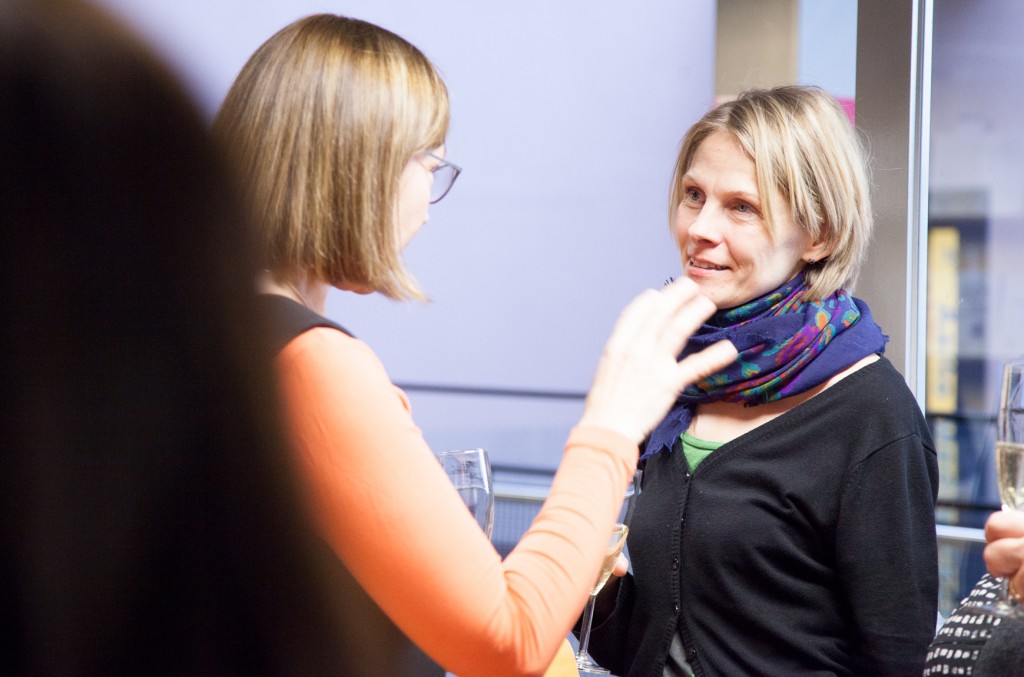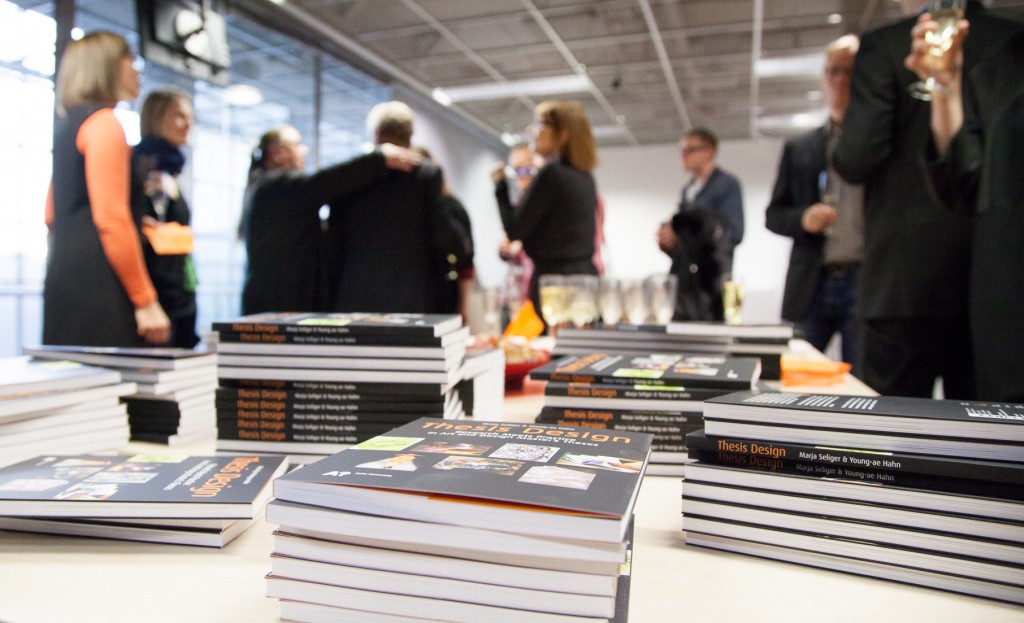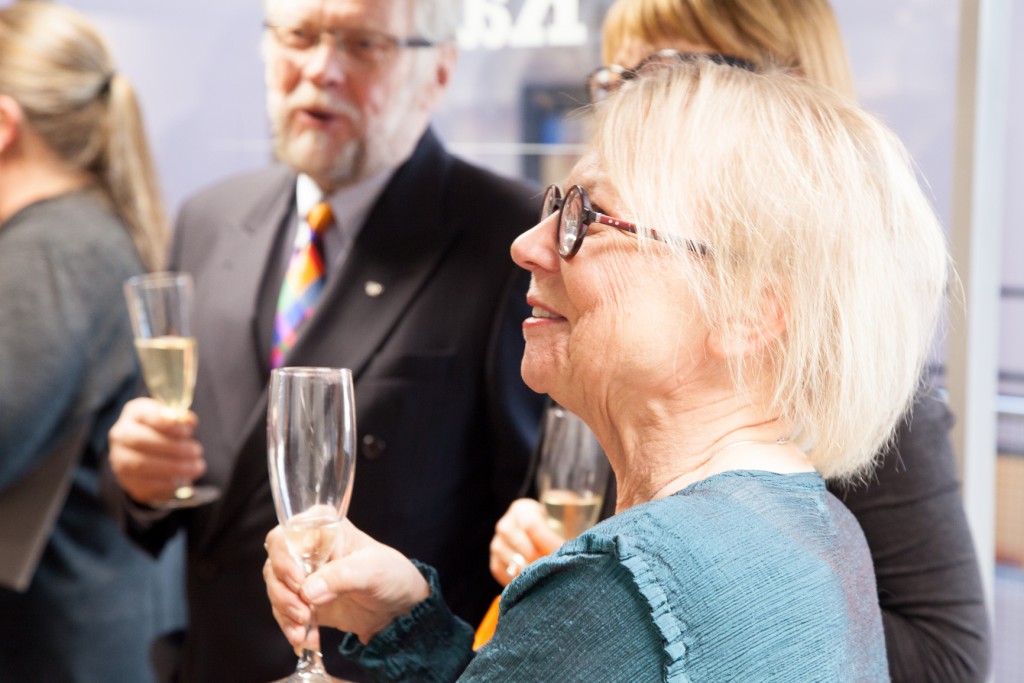DOM Doctor of Arts seminar
on Thursday 3 December 2015 at 15 – 19.15 in Miestentie 3, room 430
15.00-17.00 Heidi Uppa: Food as a Media: Design experiments to develop food understanding and experiences (in Finland and Russia)
17:00 – 17:45 Marikki Hakola: Semeion. Virtual Action Space and Cinematic Interaction.
17:45 – 18:30 Tania Rodriguez-Kaarto: Fostering Agency in Second Language Learning: Designing the Finnish case
18:30 – 19:15 Ferhat Sen: Designing Digital Applications For Cultural Heritage
15.00 – 17.00 Heidi Uppa (graphic design research) begins presenting conference papers written for her DA research “Food as a Media: Design experiments to develop food understanding and experiences (in Finland and Russia).” Heidi brings up an important question to discuss: Whether to write a monograph or an article dissertation?
17:00 – 17:45 Marikki Hakola: Semeion. Virtual Action Space and Cinematic Interaction.
I am carrying out my postgraduate studies at the Aalto University, School of Arts, Design and Architecture, Department of Media aiming at the doctoral dissertation. The title of my research is “Semeion. Virtual Action Space and Cinematic Interaction.” My doctoral thesis will include a monograph dissertation and a series of four media art works. My job description as a media artist of the four works includes concept design, script writing, film directing and film editing.
The framework for the theoretical study is media semiotics and pragmatism. Questions of consciousness and experience are essential motives of the study. The main goal is to develop a usable theoretical foundation for the concepts and practical models of the cinematic interaction in a virtual action space. The interest is in various forms of film montage and cinematic structure, and their constructive role in expressing and processing cinematic signs, meaning and interpretation.
The main goal of my research is to further develop the theory of interactive cinematic experience and to build up a common foundation for the theory and practical applications. The objective is to identify and test the usable models and methods of interactive experience design, as well as to highlight the developed models that hopefully will help in more broadly both future professional designers and students on the field of cinematic interactive design.
17:45 – 18:30 Tania Rodriguez-Kaarto: Fostering Agency in Second Language Learning: Designing the Finnish case
A deeper understanding of cultural knowledge and the learner agency are crucial for mid-level second language (L2) learners, to better their social and job competency, with continuing and independent study beyond the basic training. In Finland, however, such an advanced level of language training and supports are not provided, and many learners are stuck in the plateau stage.
This paper integrates the authors’ findings from the literature review, a student workshop, and an expert (teacher) panel, to identify the mid-level Finnish learners’ areas of weaknesses and their overcoming strategies. To resolve their unmet needs, the authors propose a set of L2 learning principles based on van Lier’s ecological approach, and recommended features for future learning systems. Following the principles, a system is envisioned to provide activity based curricula with personalized, multi-sensory materials and collaborative activities. The four learning modules (observation, writing, speech-interaction, and reading) and a vocabulary-phrase bank support posting and sharing data from the real world, to facilitate interactions between learners, teachers and Finnish citizens.
18:30 – 19:15 Ferhat Sen: Designing Digital Applications For Cultural Heritage
The advance in computer and information technology has opened up new ways for utilization of culturally and historically valuable materials. The massive digitization of cultural heritage elements is followed by the research on how to make those digital materials accessible and more usable. The results have shown examples of a wide range starting from online museums and digital libraries to onsite interactive installations.
Digitization alone seems adequate for preservation purposes. Whereas utilizing the digitized materials for user experience and making those artifacts engaging, useful, usable, or educative requires some research and development practice. This research and development practice involves various disciplines, such as art history, archaeology, interaction design and computer science.
Within the design and cultural heritage context, this research will be addressing the following questions:
- How to design interactive digital cultural heritage artifacts by considering the specific qualities of the original artifact.
- How can a cultural artifact itself be an input for the design of its digital version. What insights can a cultural artifact offer for the interface and interaction design of its digital representation.
- What is the role and contribution of interface and interaction design for creating digital representations of cultural heritage in relation to interpretation, knowledge creation and dissemination.The main hypothesis is that the cultural artifact itself should inform and/or inspire the design of its digital application. This research focuses on the relationship between the original artefact and the design of its digital counterpart. A number of case studies will be presented covering the design and the development of user-centered digital applications for cultural heritage elements by using participatory and collaborative design approaches and artifact analysis methods.In this research, the contribution to knowledge will be demonstrated through creative outcomes in the form of designs, digital products and a written dissertation. I intend to create new knowledge about the theory, the design and the development of digital interactive online and onsite applications that are representations of cultural heritage artifacts. This will be achieved through a number of productions that are practical applications of the framework and the concepts discussed in the dissertation.

